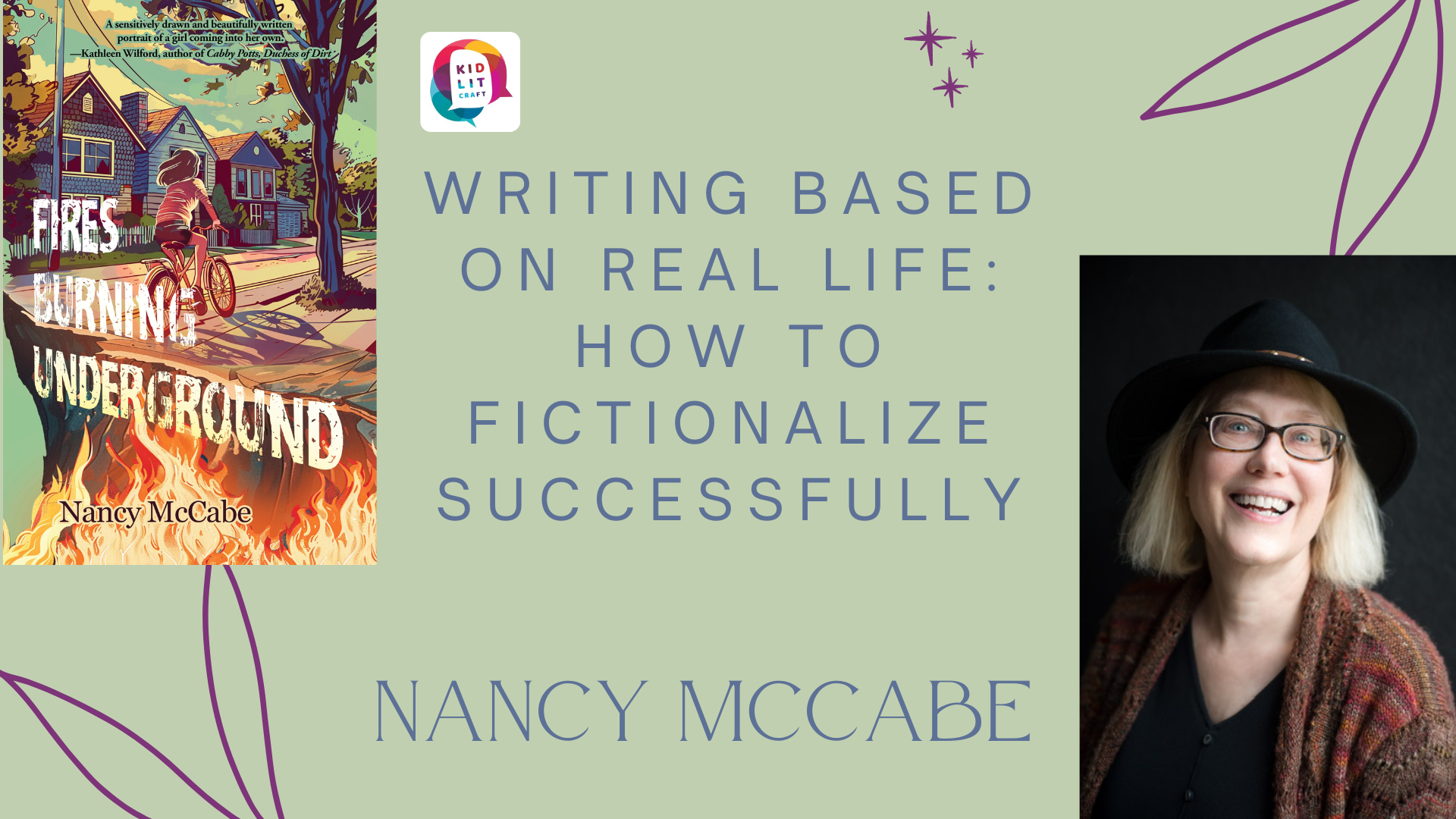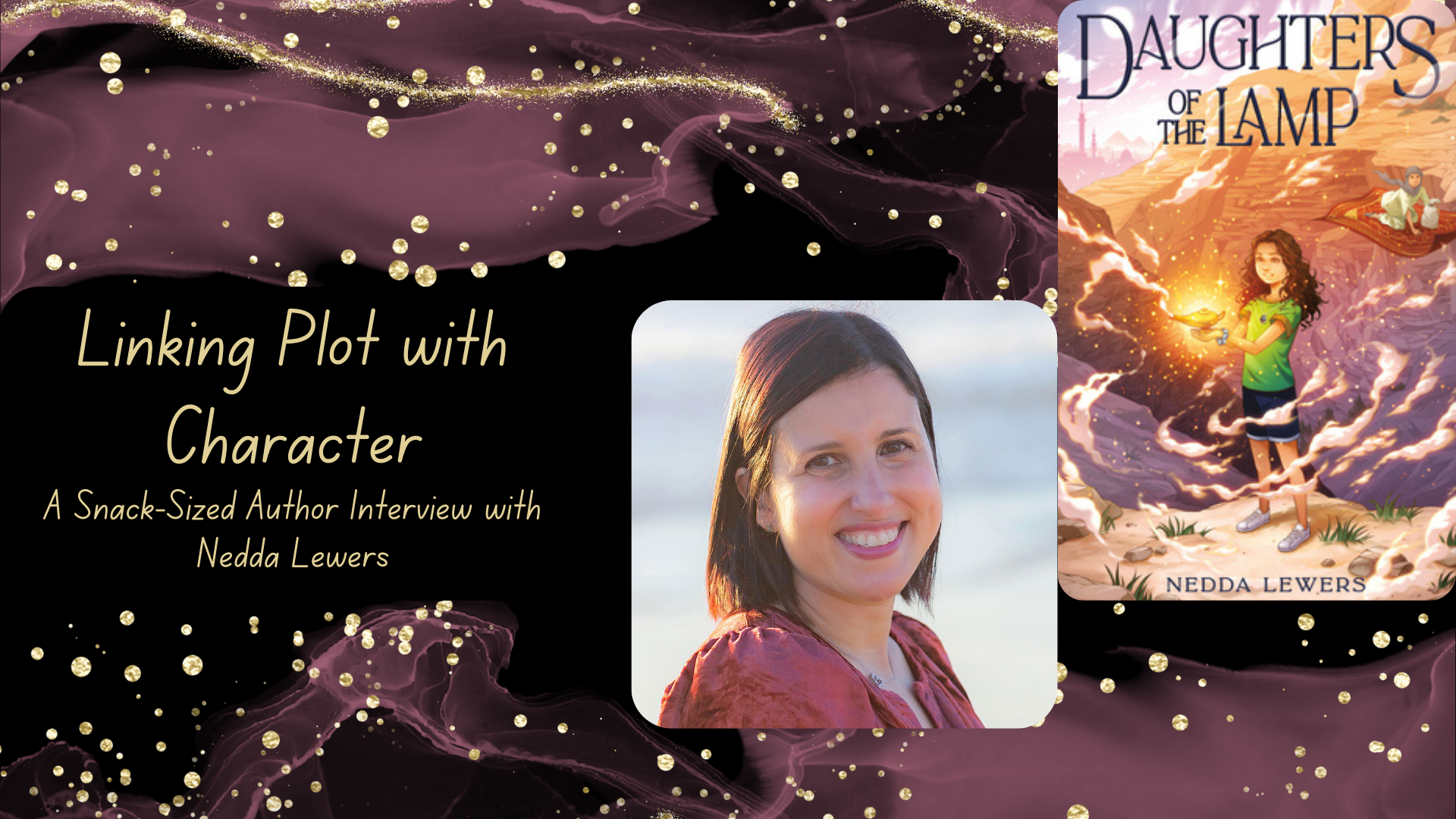Craft Articles
Join us in exploring others’ craft and building our own.
Here you will find explorations of mentor texts – articles that dive into specific craft elements in published books, interviews with authors, and tips on growing and improving as a writer.
Disclaimer: Some posts include bookshop.org affiliate links. Use the links to support KidLit Craft and local bookstores, at no additional cost to you.
Browse the Blog

Rhonda DeChambeau: Writing Heart Moments
“I once heard Jane Yolen say that ideas are all around us, that they are like leaves, and we just have to notice them. I find when I’m tuned in to being creative, paying attention, or being mindful, when I’m taking things slow and not just rushing through my day to check off my to-do list, I notice the ideas around me.”

Laura Murray: Write What Your Heart Wants to Write
“Write what your heart wants to write, and pursue ideas that make you excited. Don’t worry about trends or predictions - because by the time you finish, the trends and predictions will have changed.”

Rx for the Imagination: Scavenging Real-World Details for Your Fantasy and Science Fiction Worlds
“Some writers of speculative fiction may conjure entire worlds out of pure imagination. Not me! There’s no way I could bring my fantasy and science fiction worlds to life without filching whole great chunks from this world. I’m going to offer a few examples of productive pilfering in my own work, and suggest how a little larceny might benefit yours, as well.”

Danielle Dufayet: Write More than One Story
“Don't get hung up on one story. I didn't start writing new stories for a long while in my writing journey. I was emotionally attached to one particular story which held my progress back. You have to know when to let go of a story and start a new one. It's important to keep writing new ideas.”

Kerry Aradhya: Listen to Your Intuition
“Sometimes a critique partner or editor suggests a change to wording that definitely improves the manuscript. Other times, they might suggest a change that doesn't feel right to me. I listen to my intuition and choose the words that have a rhythm and read-aloud quality that resonates with me the most.”

Ann Dávila Cardinal: Just Finish the First Draft
“Just finish the first draft! Yes, it's going to suck, that's a requirement for first drafts, but just finishing one is going to be one of your favorite feelings! Remember, you are making the material with which you will then make the art. But you can't make the art until you have the medium in hand. You will eventually find revision fun, I promise!”

Liz Garton Scanlon: Be Brave and Break Rules
“Be brave, break rules, do things in your own voice and in your way. (This is hard when we're trying so hard to learn how to do something well and right, and how to fit into a field that is already crowded and esteemed. But fitting in and doing everything right isn't what makes our work really shine.)”

Sydnie Suskind: Find Your People
“Find your people—the ones you trust as a sounding board, who will be constructive, supportive, and honest. Keep writing. Keep reading other people’s work. And most importantly, keep learning and challenging yourself.”

Gwen Lee: Stories are Life-Changing
“Stories are life-changing. If my books even make a difference in one person's life, then it would make all the hard work worthwhile.”

Erica George: It’s a Journey
Social media is really all smoke and mirrors, and every writer’s journey is going to look remarkably different. It can be debilitating for a newbie author to see what seem like huge deals or other authors being favored by their publishing houses. The goal, no matter what, is writing the best book you possibly can in order to connect with your readers. That’s what really matters.

Writing Based on Real Life: How to Fictionalize Successfully
Converting my story from a personal one to a piece of fiction was the best choice. Not only did it strengthen the story I wanted to tell, but it reminded me that sometimes fiction is the best way to discover the truths of our lives.

Tirzah Price: Don’t Stop Challenging Yourself
Keep writing the next book, and don't stop challenging yourself! When you're a new author, there's so many fun "firsts" and great experiences that come with being published and you should definitely enjoy them! But it's important to remember why we write in the first place and to challenge yourself creatively along the way.

Nedda Lewers: Linking Plot with Character
When it comes to leaving readers guessing, try to find the sweet spot between revealing too much (they know how it will end) and not enough (they have no idea what is going on). Your readers should feel curious but not confused. Critique partners and beta readers can help you find this balance because, unlike you, they don’t know how the story will end.

Martha Brockenbrough: Staying Curious
“In the many years I’ve worked at this craft, I’ve come to believe my superpower is curiosity. If you can remain curious about a subject or curious about a writing form, you can persist with your attention until you have learned something. Stay curious, friends!”

Ann Bonwill: Enjoy the Journey
“Enjoy the journey. I've had productive periods and dry spells, years when I've sold several books and (many) years when I've sold none. Every step has made me who I am as a writer and a person. I would tell myself to embrace that road and not worry so much about whether I was meeting certain goals at the "right" time.”

Patricia Tanumihardja: Breaking the Rules
“Don't be afraid to break the rules. I think it's important to learn what the rules are. But if you find they don't apply to you, or if you want to try something off the beaten path, do it!”

Jenn Bailey: Crafting the Ultimate Payoff
“If your climax feels a little flat, or if you aren’t feeling the emotional payoff you’ve expected, look at earlier chapters and scenes. Make sure you’ve written in the reasons that make this climax inevitable. And that you’ve positioned your main character in the kind of emotional state where this final scene will let readers feel a satisfactory resolution.”

Rebecca Weber: Writing Conflict, Chapter by Chapter
“I pay a lot of attention to conflict or stakes for driving the plot. Obviously, every book has an overarching conflict, but each chapter should have its own smaller conflict, too. Creating tinier tense moments throughout the book keeps the reader turning the pages.”

Kate O'Shaughnessy: Patience with the Process
“I’m always trying to tell myself to do less and trust the reader more. Trust that the actions of your characters will speak for themselves. Have them do kind things and you won’t have to describe them as kind. The reader will understand it, because the reader is smart. And it’s always much more exciting to figure something out than to be told it.”

Cindy Chang: Playing with the Past
“Writing about a lived experience, especially a difficult one, can be challenging. As much as you may want to share exactly how the events unfolded in reality, it’s okay to take some creative liberties. Ultimately it’s more about figuring out the story and focusing on communicating the wants, conflicts, and lessons learned through your lived experience. And in doing so, you may find yourself feeling a little freer from the past.”

